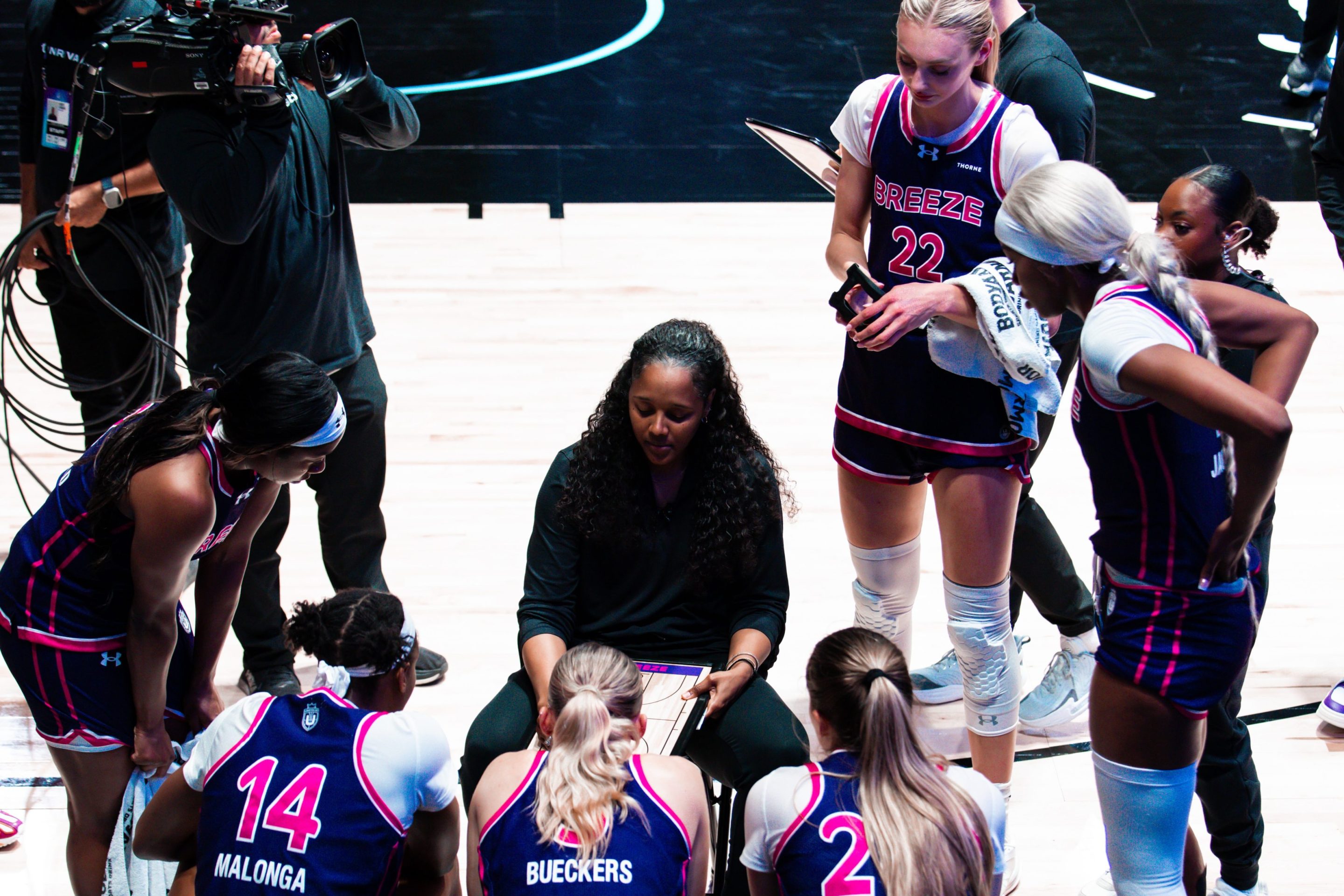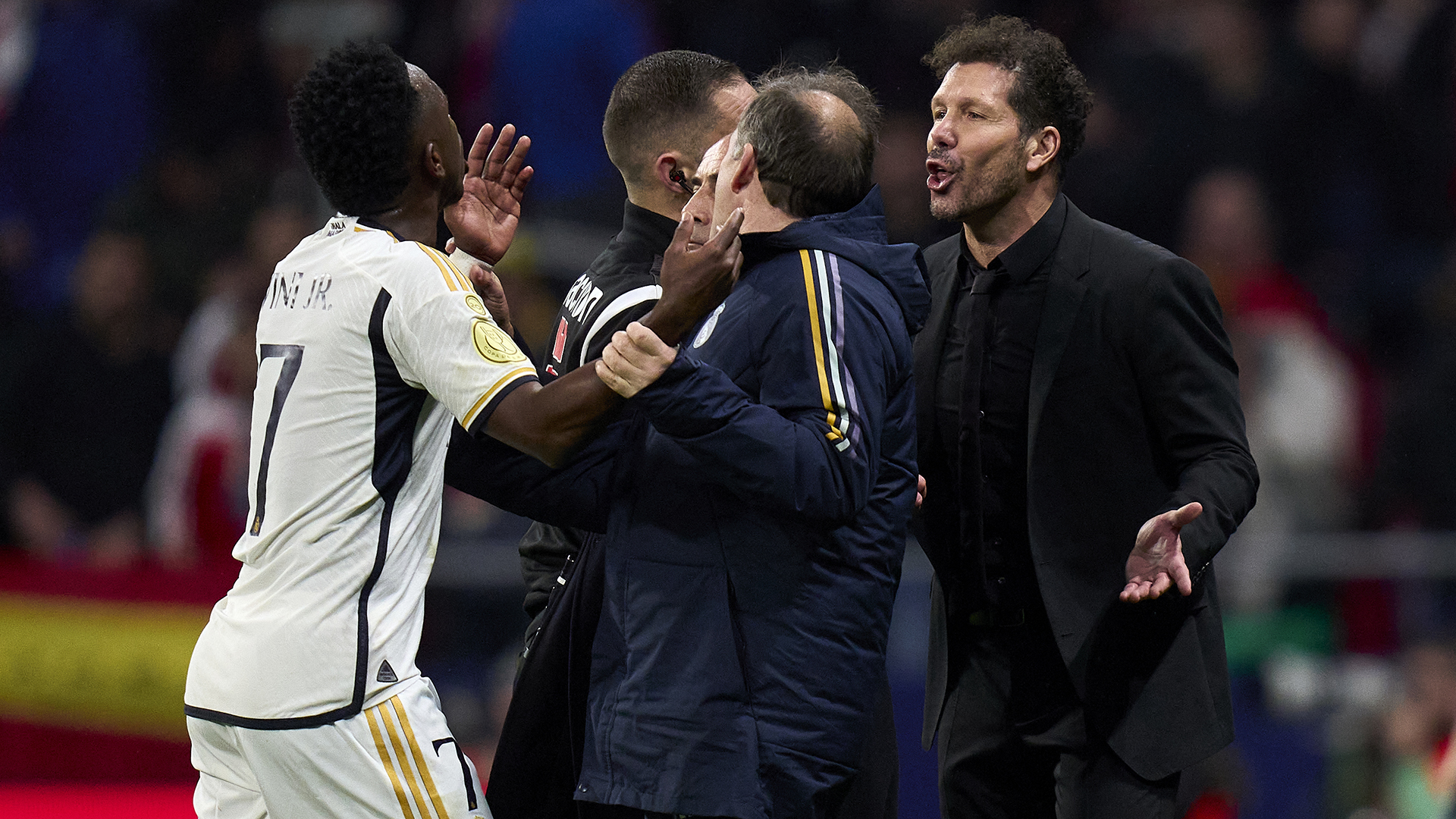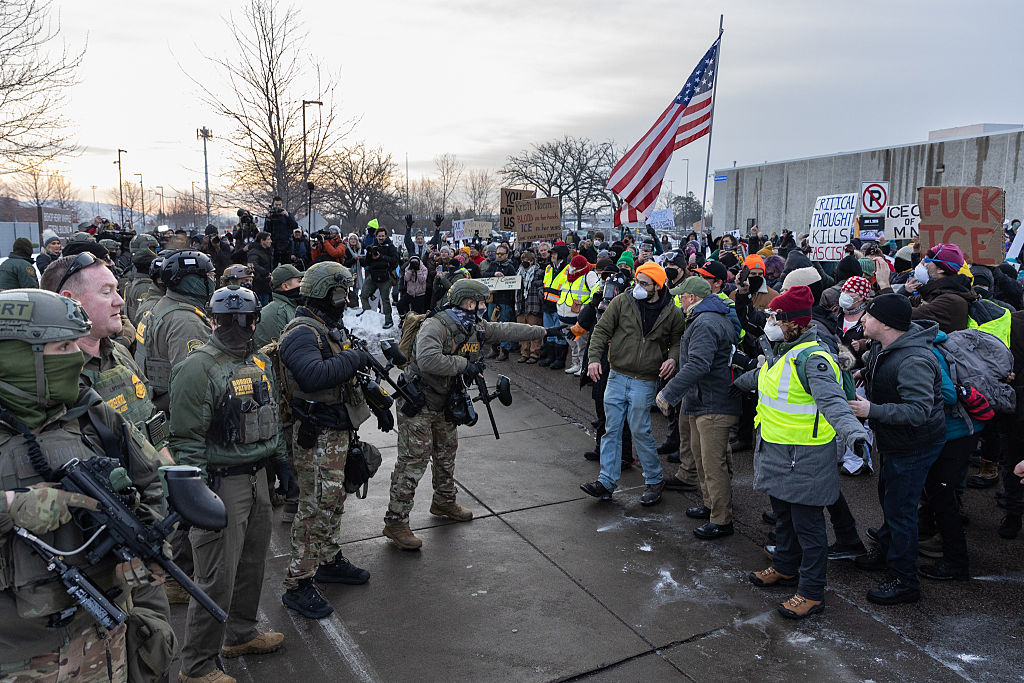The following excerpt is from The Six Pack: On the Open Road in Search of Wrestlemania, a book about the author’s 12,525-mile road trip to reunite with the Iron Sheik and to find the other wrestlers who were on the card the night he won the WWF championship in 1983. In this excerpt, we see the heroism of Tito Santana and then flash back to understand the origin story of his alter ego, Merced Solis.
1984
These things aren’t supposed to happen.
At three years old, Christal Lavary should be learning to talk, wobbling around the house, delighting her parents with each “first” as it happens.
Instead, Christal is clinging to life.
She has a rare and (if uncorrected) fatal condition, with eleven microscopic holes in her heart. Open-heart surgery is the only hope, and the surgery itself is highly risky. Her surgeon, Dr. Joseph D’Amato, the lead of the Pediatric Cardiovascular unit at the Children’s Hospital in Newark, New Jersey, has some advice for Christal’s mom, Pat: if Christal goes into the surgery with a strong attitude, it will greatly increase her chances of survival.
On January 4, the WWF’s live event booker, Ed Cohen, gets an unexpected phone call in his office at 81 Holly Hill Lane in Greenwich. Things have been crazy lately, as Hulk Hogan has just come over from the AWA and will be challenging the Iron Sheik for the WWF title in Madison Square Garden in a few weeks. Most of the company is off in Hamburg, Pennsylvania, taping the next three weeks’ worth of syndicated TV, but Cohen is in the office staring at that map of the US figuring out how the hell he is going to get everyone where they need to be as they expand to new markets all over the country, many requiring air travel.
The person on the other end of the call is Pat Lavary. She has a very simple request: nothing in the world brightens her daughter Christal’s face more than seeing her favorite wrestler on TV, Tito Santana. Is there any chance, given that Santana is local to New Jersey, that he could take a moment out of his crazy schedule to meet Christal before her surgery?
A little under a month later, Pat writes a letter to Tito and Titan Sports in loopy cursive thanking Tito for his visit to see Christal in the hospital.
“I knew God would make me see him,” the three-year-old told her mom afterward.
According to Pat’s letter, the morning after Christal’s surgery was a Saturday, meaning the WWF was on. But the TV in Christal’s intensive care unit couldn’t pick up the channel. Undaunted, Christal endured the incredible pain of each step as she walked down the hallway to be able to watch Tito wrestle on the TV in the waiting room.
Tito’s heroism was as real as the repaired heart and toughness of that little girl who refused to tap out.
2022
The 1970–1971 Mission High School yearbook, named The Eagle and representing the only high school at the time in Mission, Texas, is an astounding time capsule.
As I flip through the musty pages in the Mission Library, I can’t suppress a smile at some of the honorifics and clubs that would never fly in today’s world. Each class has a “Best All-Around” category (I suppose for the best person?) along with “Best Looking”; a page describing the “freshman initiation” displays four guys in women’s clothes and refers to their “shapely legs”; and the Future Homemakers of America page includes the following description: “The primary aim of FHA is to promote a growing appreciation of the joys and satisfactions of homemaking. The club is open to all girls at Mission High School.”
Among the seniors, I come across a photo of a handsome young man with thick black-frame glasses and swoopy black hair parted on the side. He’s wearing a sports coat and a patterned necktie perfectly knotted. His name is Merced Solis.
Merced appears all over the yearbook—homecoming king, number 85 on the football team (along with All-District honors), number 24 on the basketball team, and MVP of the Grapefruit Basketball Tournament; he even has a blurb in The Who’s Who of Mission High, which lists him as a three-year letterman in football, basketball, and track, along with such accolades as “Best Looking” his sophomore year and the Sweetheart of the Future Homemakers of America. In 1971, it’s clear Merced Solis was the BMOC of Mission High.
Back outside the library, I push through the punishing 97-degree heat, made worse by gusts of wind that feel like the exhaust pipe of a laundry dryer blasting full force in my face. The landscape is parched, a pastiche of dull browns and greens, the spindly trunks of the ubiquitous mesquite trees stretching across the horizon. Stubby palm trees provide urban decor, their leathery fronds bright green on top and girded with graying heaps of old growth that hang like tired beards.
The Coahuiltecan people hunted and gathered here along the lower Rio Grande Valley for thousands of years, leading a subsistence lifestyle necessitated by the limited natural resources of this coastal sand plain overlain with scrub vegetation. Prickly pear cactus pads and mesquite bean pods provided food, and when those sources turned scarce, the Coahuiltecan found nourishment in spider eggs and deer dung. Europeans began arriving in the early 1700s, hardy souls willing to eke out a meager living ranching, and in 1861, Catholic French missionaries from the Oblates of Mary Immaculate order obtained 20.1 square miles of land in modern-day Mission and built Chapel La Lomita, parts of which still stand.
The spread of the railroad and innovations in irrigation spurred the founding of the city of Mission in 1908, named after the La Lomita settlement. It’s only a 30-minute drive from the Mexican border. The town’s first census in 1910 counted 28 residents, one of whom was Merced Solis’s grandfather, Matias Cavazos. Matias helped design and lay the pipes that carried water from the Rio Grande through a network of irrigation canals, solving the conundrum of water access and ushering in an agricultural boom. Entrepreneur John Shary, fresh from the redwood lumber industry in California, arrived in 1912 and saw gold in the shape of a grapefruit. He acquired 49,000 acres of land he named Sharyland, which he subdivided into 40-acre groves to experiment with growing citrus. His sweet grapefruit variety became legendary, branding Mission as the citrus capital of Texas, a title reinforced each January with the city’s hosting of the Texas Citrus Fiesta.
I duck into the Mission Historical Museum, located in a building named after Shary, and encounter Aida, a museum employee wearing a denim face mask and shielded by a sheet of plexiglass hanging from the ceiling. She eyes me with some reserve until I explain why I have a notebook out. Her face brightens and she begins telling me about all the staff and their various roles before encouraging me to look around.
I do a quick march through the city’s history until I come to a room dedicated to contemporary events. There on the wall hangs a framed poster of a shirtless Tito Santana, Merced’s alter ego, his arms crossed in defiance, a brilliant mullet cascading down his shoulders. It’s from January 2008, when he was the grand marshal for the Parade of Oranges. The town is proud of its prodigal son—the city council named June 27, 2009, “Tito Santana Day” for one of his return visits.
A few minutes later, Merced’s cousin José Mario Cavazos picks me up to show me all the places where they hung out as kids. “Everyone calls me Kito,” he says, extending his hand with a firm grip.
“What does it mean?” I ask.
“There’s no translation. I had a cousin, Luis, and he just put names to everyone.”
Kito is the little brother everyone should have. Although he’s in his mid-sixties, his pep is obvious in his frequent high-pitched chuckles, cracking himself up and rolling through the day like a prizefighter bobbing and weaving. He’s short and stocky, with a white T-shirt hanging over camouflage shorts, an American flag baseball hat, and a gold chain with Jude the Apostle hanging from its vertex.
We drive down St. Marie Street past Lions Park, where Kito and Merced would play baseball as kids and ride their bikes home in the dark, chased by a menacing dog named Red. They lived that romanticized 1950s childhood full of independent play, Merced and his three siblings and a hundred first cousins (Merced’s mother, Juanita Cavazos, was the oldest of 16) turned loose on the streets of Mission to invent games, using rolled-up socks as dodgeballs, shirts vs. skins.
“My grandfather [Matias] owned half a block. There were houses all around and in the middle was this playground. As soon as we woke up, we didn’t even need breakfast, everyone went to the middle to play,” he says. Kito looked up to his cousin Merced, who the family called Nuné or Cookie, awed by his athleticism and kindness.
“I’ve known that guy all my life. He’s like a brother,” he says.
We stop in front of the old homestead on the southeast side of town. Back alleys running behind modest homes lined with chain-link fences are strewn with trash and other litter. Merced and Kito’s childhood homes have long been torn down, replaced with rows of low-slung tan-brick apartments. Kito points out the plot where Merced’s house once stood, now a coarse lawn with a prickly pear cactus standing guard behind the fence. An old couch and tires litter a yard nearby. Although Mission has experienced a building and population boom, swelling from 45,408 in 2000 to 77,058 in 2010 (when Merced was born in 1953, there were about 11,000 people), the cost of living has remained low; homes in the fanciest part of town go for just over $200,000.
Being three years younger, Kito idolized Merced, spending as much time as he could at the Solis house. “He was awesome. He was athletic, he had a good build. You know, he has these big hands. But he was rough and tough too,” Kito says.
Those hands set Merced apart as an athlete, but it took him a while to get going. Money was tight in the two-bedroom Solis house. All four kids slept in one room, sometimes five with Kito always hanging around—Merced and his brother Robert shared a bed, with Kito squished between them. There was one bathroom for the entire Cavazos family complex, located apart from the rest of the houses, and the hot water often gave out. When the football coach at Mission High asked Merced to try out in eighth grade, seeing the kid’s long rangy arms and trim build, Merced was too embarrassed to ask his mom if they could afford the equipment. That sense of scarcity stayed with him throughout his life; he may make mistakes, he may hit rough patches, but he vowed that he would never be poor.
In his sophomore year, Merced discovered that the school covered the cost of football equipment, and he blossomed into a star halfback and strong safety, plowing his way through defenses and using those large hands to palm passes thrown his way. Football became his dream and his ticket out of Mission. Kito drives us past the high school, adorned with a giant M and the eagle mascot. The new football field, built long after Merced was gone, is named Tom Landry Stadium after another Mission native, the Super Bowl-winning coach of the Dallas Cowboys. Friday night lights are alive and well in Mission.
Kito shakes his head. “Oh, man. Everywhere you go, there’s different buildings. The old buildings are torn down. And they make new buildings,” he says. We head a little farther south toward the home where Merced moved when he was in seventh grade, on Citriana Avenue.
While Merced was making waves at Mission High, he wasn’t immune to the larger forces of the times. When he showed interest in the white girls at school, he quickly learned the cost of being Latino even in a majority-Latinx town. After meeting a girl’s family he would suddenly get the cold shoulder, being told, “I don’t think we should see each other anymore.” Some of the white guys at school derisively called him “Mexican.” But Merced got his most stark lesson in identity when he and his family packed up each spring to travel north for work as migrant farm workers.
Merced’s father, also named Merced, was a crew leader, and every year starting when Merced was six, the family drove to Illinois for asparagus season, followed by Wisconsin and Michigan (cherries and strawberries), and then Indiana (tomatoes). They picked and bagged produce in the fields from six in the morning to six in the evening alongside 150 others, living in aluminum sheds with an outhouse. Being three years younger, Kito was always desperate to join the Solis family on the road, packing a suitcase each season with hopes that this would be the year. Although it was hard work, for kids it was an adventure, a chance to see a whole different part of the country.
“For us, it wasn’t really work,” Kito says. “We had never really gotten out of Mission. It was like a vacation.”
But while traveling those interstates from field to field, Merced saw the country’s ugly side. He calls it “the look,” a stare or expression that made him feel every cell of his brown skin. Kito recalls a time it got more overt, when they stopped at a restaurant and were simply told, “You shouldn’t be here.”
Merced was a soft-spoken, gentle young man who did his best to conceal the volcano roiling underneath. Football provided an outlet, a chance to bash heads without getting in trouble. He never looked for a fight, but if triggered, the volcano would erupt. Kito recalls:
He had this girlfriend, and they were walking through a club. His girl said, “Somebody pinched my ass.” When Merced turned around the guys were already in their car, ready to leave. Merced went up to the guys and said, “Hey, one of you motherfuckers pinched my girlfriend’s ass.” One of the passengers said, “I did, what the fuck are you gonna do about it?” The guy tried to open the door, and Merced got his leg and dragged him out. He punched the guy so hard he knocked him out. And then Merced was like, “Now I have to help the guy cuz I thought I killed him!” He was trying to revive him.
“He had such big hands, huge hands,” he adds with a giggle.
West Texas State University in Canyon, a veritable factory of pro wrestlers (eight WWE Hall of Famers played football there) offered Merced a full ride, and he excelled as a tight end, earning first team All-Missouri Valley Conference in his senior year. His quarterback was a guy named Tully Blanchard, whose father, Joe, promoted Southwest Championship Wrestling out of San Antonio. Tully knew his dad was looking for a new Hispanic babyface to play to the local crowds, and suggested to Merced that he give wrestling some thought. Merced, not a wrestling fan and still set on a pro football career, declined.
He attracted the attention of pro football scouts, earning a tryout with the Kansas City Chiefs in 1975. He impressed enough to start every game of that preseason, but a severely sprained Achilles tendon hobbled him, and he was cut just before the season began. After a year in the CFL, the allure of the money in wrestling was too great to resist. Joe Blanchard told him he could make $90,000 a year, and with his football hopes dimmed, Merced made the switch to his new career. The training was rough. “You can’t fake gravity,” he wrote in his 2019 autobiography, Don’t Call Me Chico.
Although Blanchard had given Merced his initiation into wrestling, Merced cut his teeth in the Florida territory, based out of Tampa, in 1977. In his very first match, wrestling under his real name, Merced took on veteran Crusher Verdu in Miami. While Merced had learned the basics of how to take a bump, his training included a hedge—just in case he wasn’t long for the business, his mentors didn’t completely expose Kayfabe (if a guy quit after only a couple matches, he could at least attest to his friends that wrestling was “real”). Merced knew that the matches were staged, but like every other wrestler in this book, he had some doubts about how it all worked, what parts might have been more real than others.
Making sure to protect the business, Verdu was especially stiff, laying in his shots, hitting Merced for real. When he executed a powerslam, he landed so hard on Merced that he knocked the wind out of him. Realizing this was a test, Merced didn’t overreact and followed the plan for the match, which ended in a time-limit draw.
To provide more seasoning for the rookie, promoter Mike Graham sent Merced to a fellow lord in Georgia, Jim Barnett, where the booker Ole Anderson welcomed him with greetings of “Hey, wetback” or “Hey, beaner.” They also gave him a makeover, changing his wrestling name to Richard Blood, the real name of Ricky “The Dragon” Steamboat, who had recently left the territory. Merced had the same babyface good looks, youth, and athleticism as Steamboat, and Barnett figured he could replace him with a wink to Steamboat’s real identity. But it was a couple years later, in the WWF, when Merced really came into his own.
The WWF was known for its ethnic gimmicks, often featuring Hispanic, Black, and Native American wrestlers as babyfaces. Vince McMahon Sr. was looking for a new Latino act, and given Merced’s Mexican heritage, asked him to come up with a catchier ring name than “Merced Solis.” Having always liked the story of Antonio Lopez de Santa Anna in the fall of the Alamo, Merced adopted the name Tito Santana. While Merced may have been from Mission, Texas, Tito was from Toluca, Mexico, which quickly became bastardized to the fictional “Tocula” when ring announcer Howard Finkel kept botching it. Merced Solis and Richard Blood were mid-carders. Tito Santana would become one of the WWF’s star performers of the 1980s.
Excerpted from THE SIX PACK: On the Open Road in Search of Wrestlemania by Brad Balukjian. Copyright © 2024. Available from Hachette Books, an imprint of Hachette Book Group, Inc.






